The Bengal Renaissance refers to the rise of the social reform movement in the nineteenth and twentieth centuries in the undivided Bengal region of India during the British rule and the emergence of many great thinkers. The renaissance of Bengal was originally started during the reign of Raja Rammohun Roy and ended during the reign of Rabindranath Tagore. However, since then many scholars and educators have become known as the bearers and carriers of the Bengal Renaissance.
Many modern scholars believe that the Bengali renaissance began in the early nineteenth century, while many believe that the intellectual awakening in Bengal continued throughout the nineteenth century, which can rightly be called the European renaissance.
The important contribution of different people in the renaissance of Bengal and the change of the social system of that time is briefly highlighted

Warren Hastings (1732 - 1818): Warren Hastings was the first Governor General of India. In 1750 he joined the British East India Company and came to Calcutta. Many Muslims lost their kingdom at that time. So he established 1781 Calcutta Madrasas to alleviate the suffering of the Muslims in losing the kingdom and this created employment opportunities for the Muslims. Later in 1791 he established Sanskrit College for the Hindu community. The touch of modern education gives rise to new ideas in the local people. Gradually various questions arose among the people. It was in this context that the movement against evil practices like satidah began and widows were made like marriages.
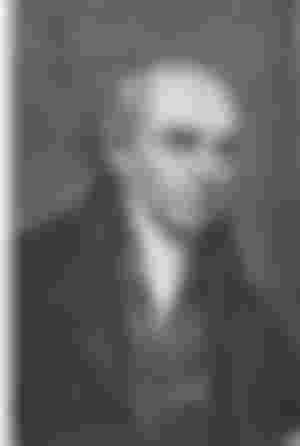
William Carey (1761-1834): William Carey was a missionary and pioneer translator of Bengali prose textbooks, social reformer. He set up a printing press in the Danish colony at Srirampur, not far from Calcutta, to facilitate the propagation of religion and education. And from this press, on March 5, 1800, he published the new rules of the Bible in full Bengali. Not only the Bible, he was the pioneer of many important works including composing Bengali grammar, setting up printing presses, publishing newspapers, forming school text boards. The English established schools all over the country for higher education as well as some colleges. Finally, in 1857, Calcutta University was established as an institution of higher learning and research. The installation of a printing press at Serampore in 1821 also opened up another avenue for the awakening of the minds of the people of Bengal. As a result, the way to spread and perpetuate the practice of knowledge among the educated masses by printing books became easy.

Raja Rammohun Roy (1772 - 1833): Raja Rammohun Roy was the founder of the first Indian religious-social reconstruction movement, the Brahmo Samaj. He established Brahmo Samaj in a joint venture with Dwarkanath Tagore. Brahmo Samaj is a social and religious movement and as the forerunner of the renaissance of Bengal, he is called the father of the Indian renaissance. In protest of his initiative to eradicate the practice of satidah, a pamphlet was published titled 'News of MLA Prohibition'. In view of the social movement of Raja Rammohun Roy, on 4 December 1829, the practice of satidah was officially abolished in the Bengal Presidency of British India.

Ishwar Chandra Vidyasagar (1820-1891): Ishwar Chandra Vidyasagar was a prominent Bengali educator, social reformer and prose writer of the nineteenth century. Ishwar Chandra Vidyasagar played the most important role in the spread of women's education in Bengal. She was a pioneer in the spread of women's education. She was a strong supporter of the women's liberation movement. The unbearable grief of the Hindu widows, the injustice, injustice and oppression of their families towards them deeply hurt her. He has fought all his life for the release of these widows. Due to his movement, the government declared widow marriage legal in 1856. And at the same time struggled to eradicate an evil practice like polygamy.

Derozio (1809–1831) : Henry Louis Vivian Derozio was a Eurasian poet, rationalist thinker and teacher. He stormed this dilapidated society against many centuries of superstition and bigotry. Although he was not a Bengali by birth, he was deeply involved with the Bengalis. At the age of 18 he became a professor of English literature and history at the Hindu College. Ever since Raja Rammohun Roy established the Brahmo Samaj, the Hindu society was in a state of turmoil. Because those who followed the Hindu ideology denied paganism. As a result, DeRozio's idea of social change was widely responded to. Especially among the young. He encouraged them to think freely, to ask questions, and not to blindly accept everything. His activities were able to bring about an intellectual revolution in Bengal. This was called the Young Bengal Movement.
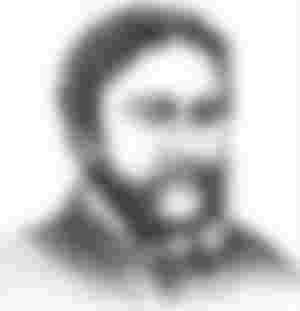
Michael Madhusudan Dutt (1824-1873): Michael Madhusudan Dutt is one of the best Bengali poets and playwrights of the nineteenth century. He is considered to be one of the pioneers of Bengali renaissance literature. He is also known as the first rebellious poet of modern Bengali literature. Michael Madhusudan is the pioneer of sonnet and amitrakshara rhymes in Bengali. Michael Madhusudan Dutt was a linguist at the same time. He knew twelve more languages besides his mother tongue. His contribution to Bengali literature is undeniable. Bengali literature developed during his time.

Kazi Nazrul Islam (1899-1976): Kazi Nazrul Islam was one of the leading Bengali poets, novelists, playwrights and national poets of Bangladesh in the twentieth century. Kazi Nazrul Islam contributed a lot behind the renaissance of Bengal. During his time he completely changed the genre of poetry and song. During the period of the poet, a revolutionary creation of literary work took place. He has been called a rebellious poet because of his rebellious attitude in his poetry. The main theme of the poem was the vocal protest against human oppression and social injustice and exploitation.
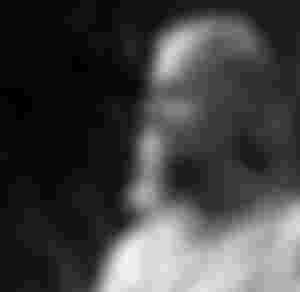
Rabindranath Tagore (1861-1941): Rabindranath Tagore was a leading Bengali poet, novelist, composer, playwright, illustrator, short story writer, essayist, actor, vocalist and philosopher. He is the greatest writer of Bengali language. Rabindranath was awarded the titles of Gurudev, Kabiguru and Bishwakabi. Winning the Nobel Prize in Literature, this poet has spread the Bengali language and literature to the whole world. Rabindranath Tagore's influence on Bengali culture in the twentieth century is immense. He has simultaneously written poems, songs, plays, short stories, novels, paintings, music and dance, essays and letters. It was mainly through Rabindranath Tagore that the trend of Bengal renaissance came to fruition and it was through his hands that this trend came to an end.
🔸🔸🔸🔸🔸🔸🔸🔸🔸🔸🔸🔸🔸🔸🔸🔸

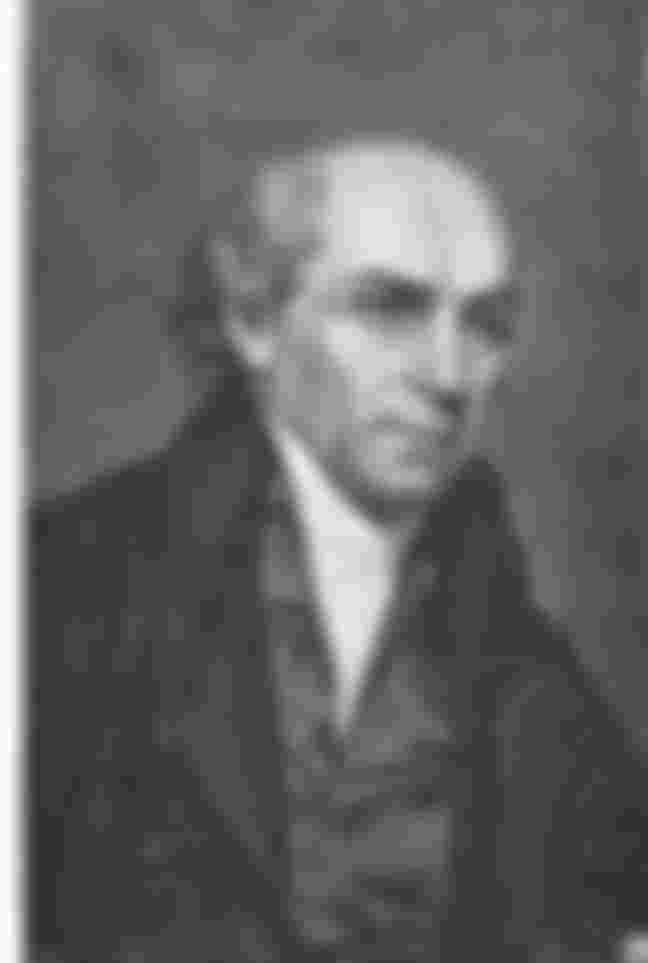
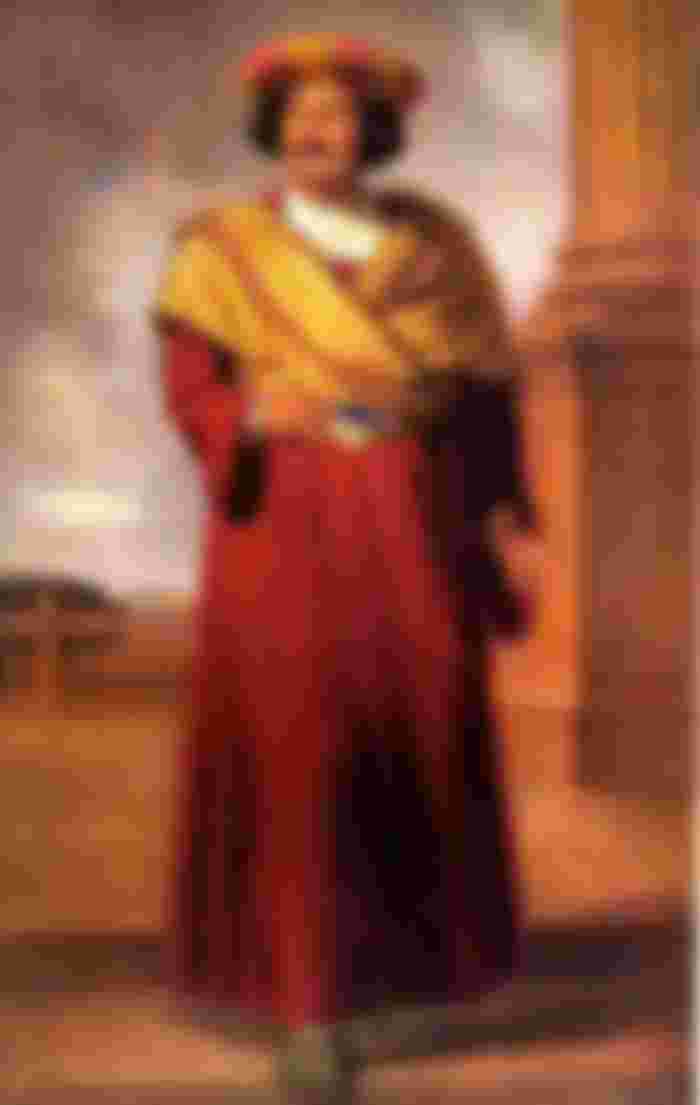
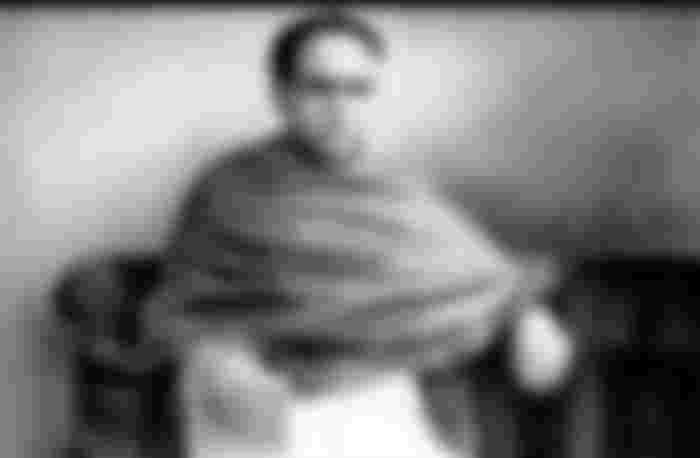
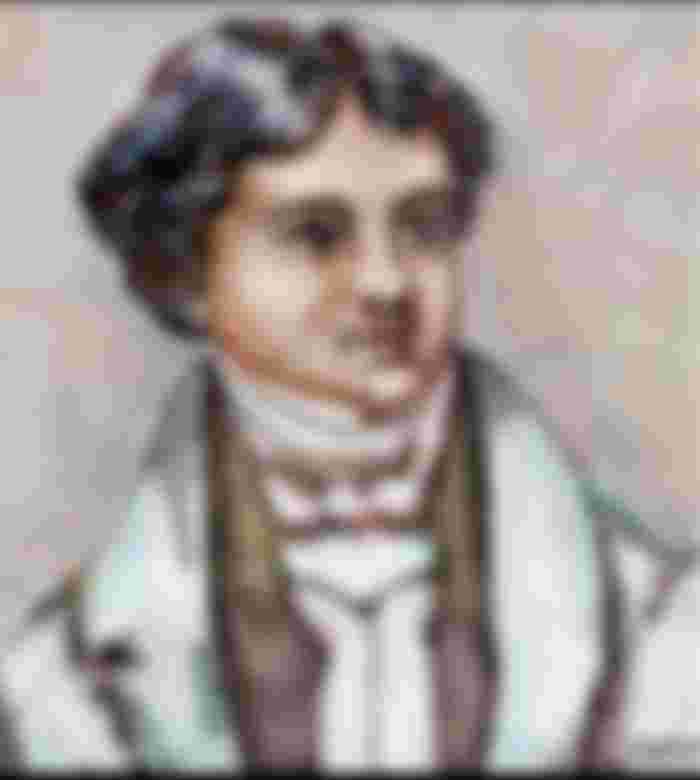
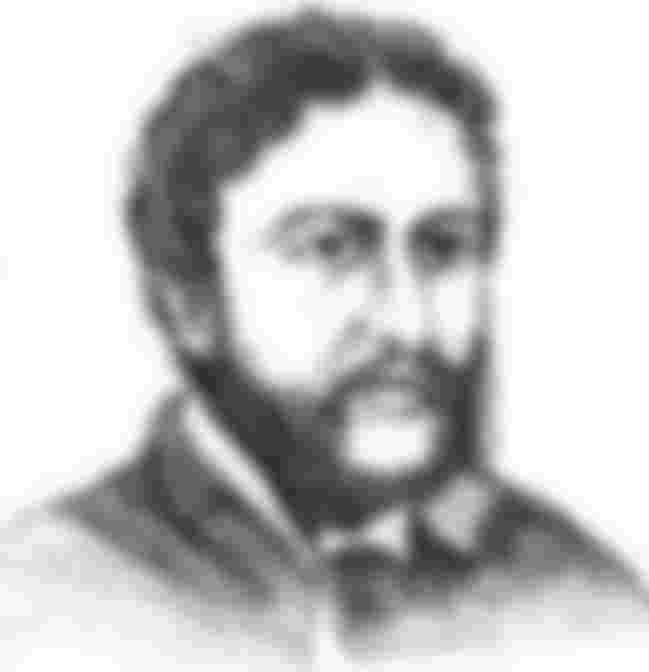
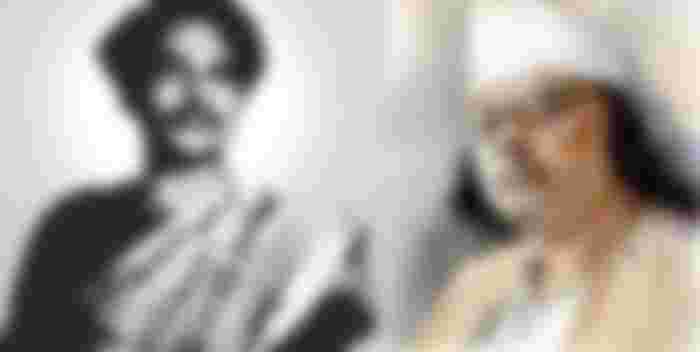
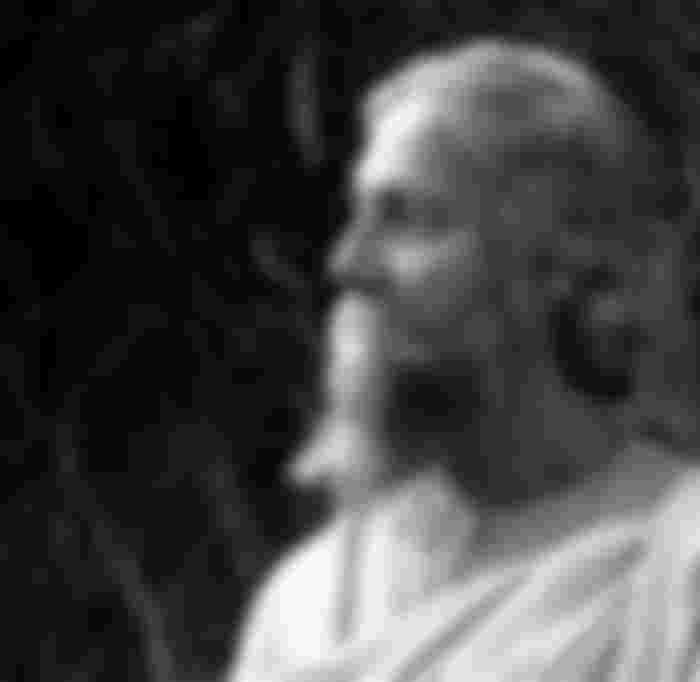
Great information about this article my Dear